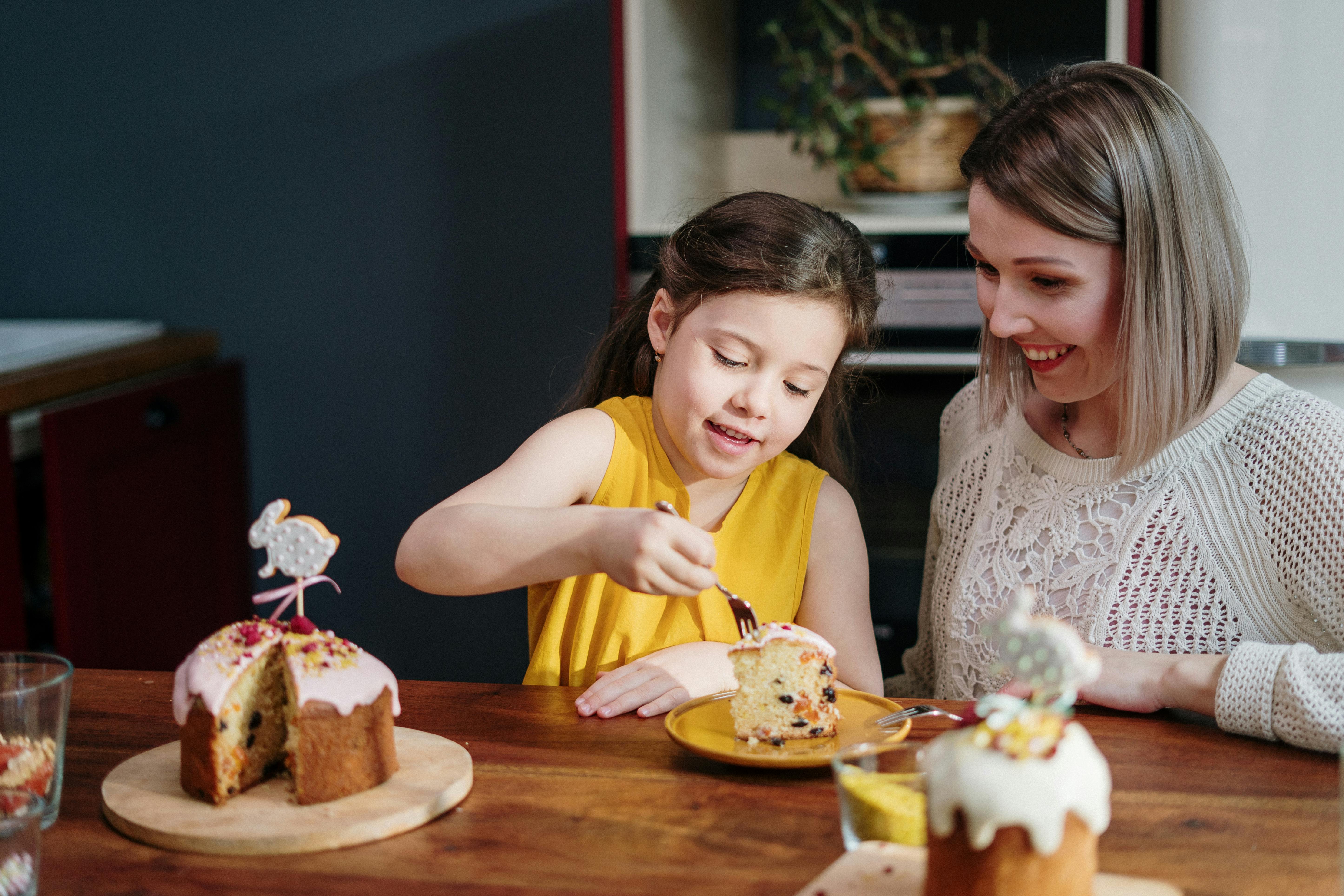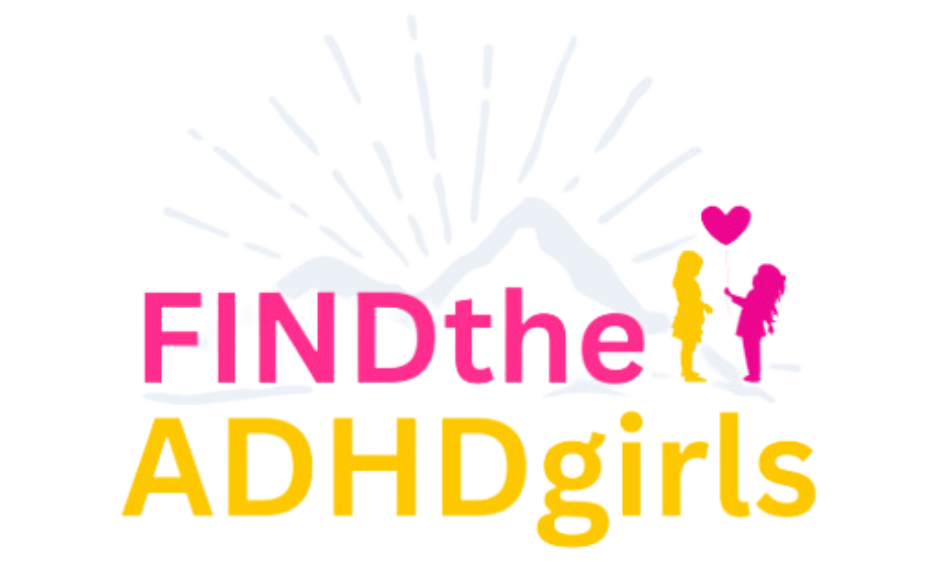
Inattentive ADHD is arguably the most devastating of presentations – because so often it is missed by adults until our young people are suffering the consequences of their neurological differences. They may have already been told they are lazy, daydreamy, unmotivated, etc. and have accepted this as who they are, even though we know that it is a structural difference in their brain.
Families may have become frustrated – they have perhaps been fighting for support for a long time and now wonder what to do, or maybe they are dealing with some guilt at having missed ADHD completely.
Into this context, we develop a new framework for you that puts family acceptance, warmth and understanding at the heart of success for you and your child at any age.
Diagnosis: Understanding the Impact on Family Dynamics
Make sure that you use reliable information when you talk to your daughter or other family members about ADHD. Introduce her to bits of information about her ADHD as needed in age-appropriate language. Get used to checking the facts. There are excellent books by Patricia Quinn, Sari Solden, Dr Kathleen Nadeau, and Thomas Brown that discuss the evidence of Inattentive ADHD. The websites of Attitude magazine, the Inattentive ADHD Coalition, ADHD Evidence, and CHADD are also reliable sources.
You may need to think and discuss how traditional expectations of discipline and behavior may not align with the needs of a child with ADHD. The impact of emotional dysregulation on all children with ADHD – and adults – means that ideas like ‘time out’ make it harder for children to ‘behave properly.’ What does a family that allows everyone in your home to feel calm, happy, and safe look like? Do you need to change things so everyone can feel successful in their way?
Acknowledge the toll raising a daughter with ADHD can take on you emotionally. If possible, find a safe place to discuss your daughter’s diagnosis and how you feel about it. The Resources section lists several online support groups for parents. Siblings may need support if they think one child is getting different treatment. Depending on their age and understanding, you can compare ADHD to needing to wear glasses. It’s not that different treatment gives your daughter an unfair advantage; you’re just leveling the field for her.
Key Elements of a Nurturing Environment:
The Genetic Link:
We know that ADHD is highly heritable, so it is worth exploring if there are ADHD traits in you or other family members that warrant assessment. This gives you more understanding of the family life you’re creating for your child and can help if you’re struggling with ‘normal parenting things’ like creating consistent routines or managing the day-to-day ‘scut work.’
Providing safety
The most important thing to develop is a safe home environment. When we feel secure, our amygdala or limbic system can ‘stand down’ instead of operating in ‘fight or flight’ most of the time. When the limbic system is activated, our ADHD challenges are more difficult to manage. Our resources are diverted to escaping from the “bear,” which our amygdala tells us is an immediate priority!
Move Beyond Shame and Blame:
You might want to consider how to help your daughter understand ADHD by using examples of someone wearing glasses because of how their eyes work or use an inhaler because of how their lungs work.
Model Self-compassion.
Parents have an enormous impact on the long-term well-being of children, especially with ADHD girls. Modeling self-compassion and acceptance, and teaching her to do the same, will undo a lot of the negative messages she hears at school, outside the home or online. How often do you give yourself a hard time if you’ve forgotten to do something? A small child with memory problems will observe you and think, ‘this is how I talk to myself when I forget it’ – even though they are dealing with a disability. Kristin Neff is an excellent source of material on practical self-compassion and acceptance.
Adapt the Home Environment:
Think about how to make your home one where ADHD is accepted and understood. This means that you change how the home is organized. For example, things put away in drawers are invisible—and for people with ADHD, out of sight is usually out of mind.
Do you need to think about your storage and planning weekly activities differently to reduce demands on working memory. Can you add a family timetable whiteboard at the front door or in the hall so that everyone can easily see what they are doing or what job needs to be done? It might be helpful to have ‘stations’ throughout the home for things needed in different rooms instead of asking your child to take things from upstairs to downstairs daily.
Home should be a warm, safe place – for you as well. There are several books on organizing a home, including one by Kathleen Nadeau, Ph.D and another by Susan Pinsky.
Demonstrate Self-Regulation
One of the most misunderstood elements of ADHD is emotional dysregulation. Parents can help by really understanding what this means for their daughter as it will have a bigger impact on their friendships and relationships than forgetting books for school.
One of the best authors on self-regulation is Stuart Shanker, who has many resources on the Mehrit Centre. There are courses for parents and teachers if you want to study them more.
The impact of regulation on the body AND the mind should be given importance. It’s crucial to a secure relationship that will allow your daughter to navigate their childhood and adolescence more safely. It allows them to focus more energy on their learning and social and physical health because they are growing their emotional intelligence at the same time.
Implement Co-Regulation:
Co-regulation isn’t something that can be taught in class alone. Children see it in their homes and will learn it from you. Co-regulation is when we, as parents, help small children to calm down: we hold and rock babies, we hum or sing softly, we give them warm cuddles and then even our breathing may slow down, which they feel physically. Your 7-year-old may be too big to be carried around, but they will benefit from this co-regulation style of care and connection. The eventual goal is for your daughter to learn how to regulate herself.
Problem Solve Together
The best way to engage your child and avoid power struggles is through a system called ‘CPS’; or Collaborative Problems Solving developed by Dr Ross Greene. He uses it in schools and homes throughout the world with great success. The foundation is that ‘kids do well when they CAN’ – no child behaves badly when they can succeed, including those having ADHD meltdowns.
Our job as parents is to be detectives: what is in the way of our child doing well? If they have a meltdown at homework time, is it because they don’t want to do the homework and should lose TV time, OR is it because they are physically exhausted and stressed after ‘behaving’ all day in school, are hungry, and it’s not quite dinner time, or they’ve been excluded from a group activity because they missed an instruction… you can see there are many things which LOOK like lack of cooperation.
The CPS model has several steps, which are laid out for free in the material on the Lives in the Balance website. Take time to implement the model and watch your daughter’s belief in herself as a valued family member grow, and her closeness to you as someone ready to listen and always on her team increases.
Notice what interventions work. Does your daughter respond best to visual prompts or auditory instructions? As you learn together what works best, teach her the words and phrases to advocate for herself. e.g. I can pay better attention if I sit up front in the classroom.
Work on only one new behavior at a time. Pick one thing to focus on. Start small and start with the simplest thing to change that will make the biggest difference. You can decide together what this will be. Praise your child’s effort.
Embrace Fun and Humor
Finally, despite all the challenges facing an ADHD, family, humor and fun is vital. It’s easy for parents to go too far down the rabbit hole of research and problem-solving when sometimes, the thing that releases the stress, increases the closeness and the trust is a shared laugh or a fun, silly experience. Include some daily silliness if you can – not just because it will improve emotional self-regulation but because humor, fun and laughter will be a powerful glue as you watch your child grow up.
Make sure your daughter knows it is safe to make mistakes and get things wrong. We only grow or learn if we make mistakes. The educational system values ‘the right answer,’ but discoveries of new ways to do things or innovative ideas only arrive through mistakes first.
For your daughter to learn that she can make mistakes and each one is an opportunity for her to learn or try again is a priceless gift you can give her, and to all your children. They will all feel the joy and acceptance this gives them.
Parenting a child with ADHD is a difficult job, but with the right attitude and interventions it will be rewarding.
